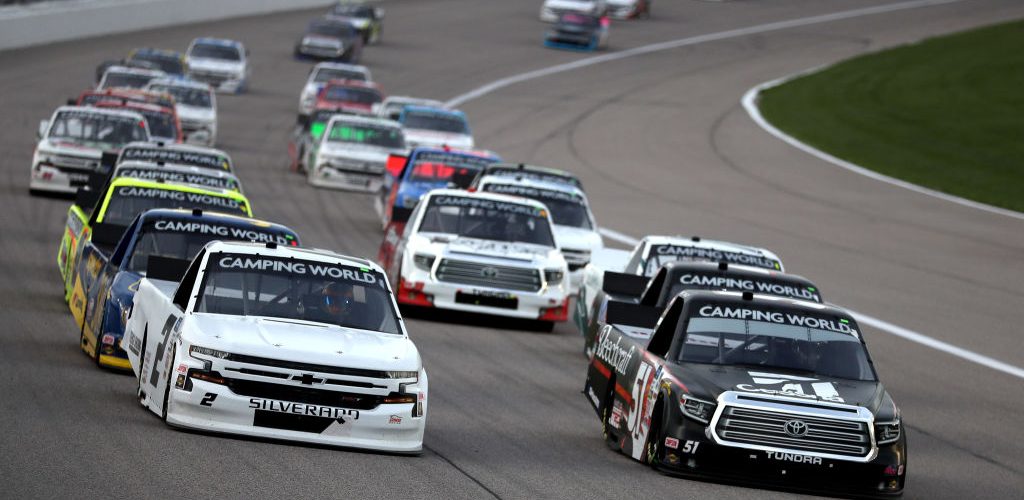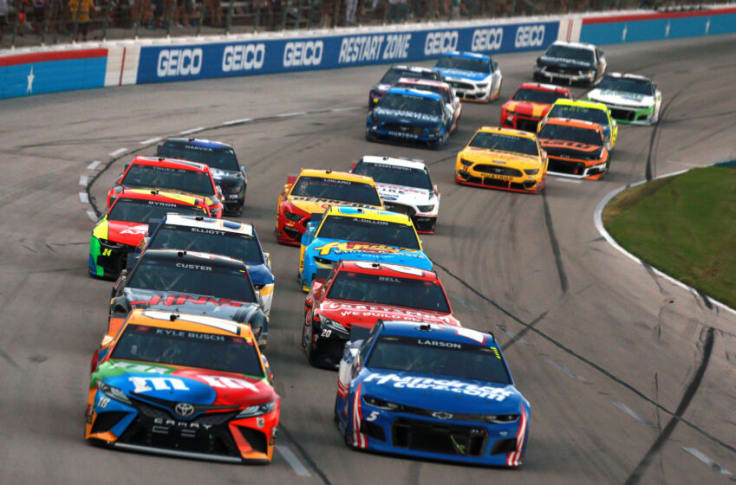
Indycars can run on oval tracks but F1 cars don't. Therefore, it is impossible to directly compare speed. However, both cars are clearly visible in the comparison photos. The aeroshield of an Indycar will be more visible than the F1 car's. However, the F1 car may have flexed its front and rear wings. The difference between them is ultimately determined by their money.
IndyCar is a North American circuit
IndyCar races are mostly held in North America. However, there is one race that takes place in Canada. F1 races normally last approximately 1 and 1/2 hours. IndyCar events are only two hours long, but they can be altered if required. Although most events are in North America, there are some races that are open to anyone around the world.

The scoring is the same as Formula 1, with the winner getting 50 points, while second and third receive 40 points. IndyCar's top drivers get an additional five points. Two of the most successful teams receive five. Indy 500: Each driver receives five points. As a result, the points are boosted for the top three teams, although this is not possible for every team.
IndyCar chassis are manufactured by a single manufacturer.
IndyCar has the same chassis design as Formula One. Manufacturers of chassis make their cars according to the same standards. There is little difference. Aerodynamics are the only difference between these two types of cars. IndyCars uses twin-turbocharged V-6 engines of 2.2-litre capacity from either Chevrolet or Honda. These engines can produce between 550 and 700 bhp depending on the boost and surface.
The IZOD IndyCar Series invests to expand its technical staff, and position itself as a technical innovator. The Series also formed the ICONIC Advisory Committee, which will review next-generation engines and chassis. The group comprises retired Air Force Gen. William R. Looney III and Rick Long as well as Eddie Gossage and Neil Ressler. The ICONIC Advisory Committee is comprised of industry leaders who provide input on the next generation of chassis and engines.
IndyCar is quicker on ovals than F1 vehicles
The biggest question regarding the differences between F1 car and Indy car is whether Indycars have faster top speed. Indy cars are specifically designed for oval tracks. F1 cars, on the other hand, are designed to race on long, twisty roads. While both vehicles reach high speeds, Indy cars are faster on ovals due to their higher downforce.

Another difference is the type of fuels used in each. IndyCar cars use ethanol while IndyCar vehicles use unleaded. IndyCars use different brake systems while F1 cars use carbon fiber brakes. F1 cars can withstand wet conditions better than the oval-track version, but have better braking systems.
FAQ
Do you allow me to watch a race car driver race in real time?
Yes. There are many different ways to watch a racecar driver race.
You can purchase tickets to see the races. It is also possible to watch the race online.
You can even follow the race via radio or TV.
Which car racing attracts the most spectators
The Indianapolis 500 Mile Race is a huge spectator event. Every year, more than 400,000 people watch the race.
It will take places at the Indianapolis Motor Speedway on May 30, 31st.
What does it cost to participate in a race
It all depends on the event. Some events have entry fees, while others do not.
Some events require that you pay in advance. Others will let you in free of charge.
Statistics
- According to thepostgame.com, “The Daytona 500 is one of four ‘restrictor plate' races on NASCAR's calendar, given both safety and competitive concerns for the long track and its famous 31-degree banking in its four corners.” (defensivedriving.com)
- Petty has won 200 NASCAR Cup Series races, a likely unbreakable record, along with a series record seven Cup championships. (frontstretch.com)
- According to FormulaMoney, the design, development, and construction of chassis and engines can cost teams as much as $255 million annually. (businessinsider.com)
- Forget the 200-mph battles of the late 1980s; no one, not even McLaren itself, predicted the inimitable F1 would go as fast as it did. (motortrend.com)
- In 2009, the slick tires returned as a part of revisions to the rules for the 2009 season; slicks have no grooves and give up to 18% more contact with the track. (en.wikipedia.org)
External Links
How To
How to corner quickly
To be able to go faster, you must get your car out in front of others during a race. This means that you need to turn before others. If you do this correctly, everyone behind you will have to brake too. They won't be able to see what's ahead of them. You'll also avoid getting into accidents with cars coming from different directions. How can you corner fast?
First, you must understand where you're going. You will likely be surprised at where you end up. You need to plan well. Make a map of your route so you can see where you're heading at any given moment. It may seem like a lot of work but once you have a good idea of the route you are trying to take, you will be able to save yourself a lot later.
Next, determine when you will start turning. Start by going around the first corner. Once you've passed the first corner, you'll know exactly where you're starting from. Now you just need to decide whether you'll use the inside lane or the outside lane.
If you want to move in the inside lane you should wait until there isn't any traffic. You'll then be able move quickly and not worry about hitting anyone. However, once you get into the inside lane you must remain there. You must not drift back to the outside lane. If you do so, you may hit someone moving slowly. Keep in mind, however, that if your vehicle crosses the line dividing them, you will lose control and be vulnerable to crashes.
Once you have chosen the lane, it's time to decide where to turn. There are many options for tackling this problem. Some people prefer to look for a gap in traffic. Others look for a gap in traffic. Others still look for a point at which the road curves round a hill or mountain. You need to ensure that you don't block the entire road, regardless of what you do. Traffic jams can be caused by blocking the entire road.
Once you have decided where you want to turn, it is time to decide if you'll make a sharp right or a gradual left. A sharper turn can be more challenging than a slow one. However, it requires more effort and takes longer to complete. It also makes it more difficult to properly steer your car. Most drivers prefer gradual turns for these reasons.
You need to accelerate quickly enough to make it possible to escape the car in front. You will crash into the car's bumper if you accelerate too quickly. Running off the road will be a problem if you accelerate too soon. In either case, you'll lose control of your car and crash. This scenario can be avoided by gradually increasing your acceleration. You can start with very little acceleration and then increase it when you reach the edge.
Stop cornering immediately after you have finished. This is especially important in heavy traffic. Driving in heavy traffic can lead to someone being run over.